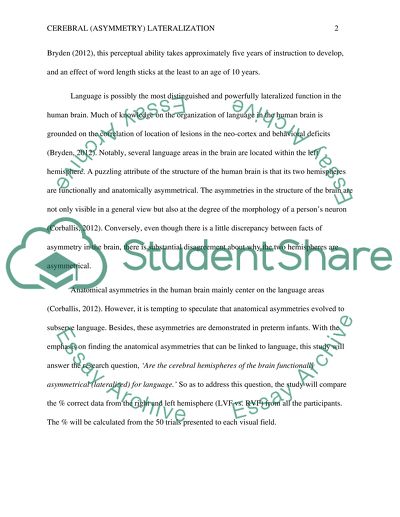Cite this document
(“Practical Report; Cerebral ( Asymmetry ) Lateralization Essay”, n.d.)
Practical Report; Cerebral ( Asymmetry ) Lateralization Essay. Retrieved from https://studentshare.org/psychology/1689767-practical-report-cerebral-asymmetry-lateralization
Practical Report; Cerebral ( Asymmetry ) Lateralization Essay. Retrieved from https://studentshare.org/psychology/1689767-practical-report-cerebral-asymmetry-lateralization
(Practical Report; Cerebral ( Asymmetry ) Lateralization Essay)
Practical Report; Cerebral ( Asymmetry ) Lateralization Essay. https://studentshare.org/psychology/1689767-practical-report-cerebral-asymmetry-lateralization.
Practical Report; Cerebral ( Asymmetry ) Lateralization Essay. https://studentshare.org/psychology/1689767-practical-report-cerebral-asymmetry-lateralization.
“Practical Report; Cerebral ( Asymmetry ) Lateralization Essay”, n.d. https://studentshare.org/psychology/1689767-practical-report-cerebral-asymmetry-lateralization.


